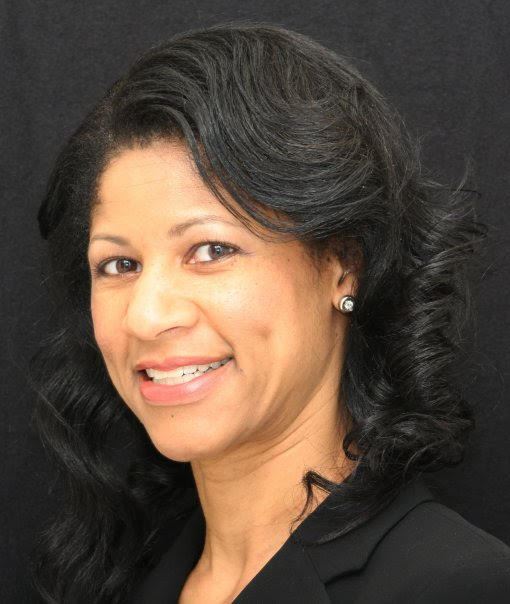AUGUST 2022
Submit an article for the Chesapeake Chronicle! If you, or someone you know, has timely and relevant information on planned giving, send us your article!
|
|
3 Trends Shaping Philanthropy in 2022 The world seems to be in a constant state of “unprecedented,” and the philanthropic sector is no different. To better understand what 2022 may hold, it is critical to look backward and reflect on the trends we saw last year. In that effort, Fidelity Charitable® produces an annual Giving Report based on the year’s philanthropic activity. While the data is specific to Fidelity Charitable® donors, the story it tells is emblematic of the philanthropic sector at large, and the emerging trends can help us anticipate and embrace what the future of giving in America looks like. Three key themes surface in this year’s Giving Report: tireless generosity amid challenging times, increased sophistication of donors, and a next generation that is leading the way. Let’s dive in. Tireless Generosity Amid Challenging Times Following this spike, many predicted philanthropic activity would return to pre-pandemic patterns in 2021. Instead, Americans doubled down. Last year, Fidelity Charitable donors recommended $10.3 billion in grants to their favorite charities—which is 13% more than in 2020 and a 41% increase over pre-pandemic levels! Charitable giving has remained heightened in 2022, as donors watch the humanitarian crisis unfolding in Ukraine and rush to send support. (If you are looking for ways to help, review this giving guidance.) In response to such unexpected events, more and more people are looking for ways to aid those in need—and ways to reach them as quickly as possible. Individuals with donor-advised funds have turned to their accounts as “ready reserves” to offer this kind of support. This continued attention to charitable giving supports a historical pattern that during challenging times, Americans respond with philanthropy. A common first step to doing that is using a giving vehicle, such as a private foundation, charitable trust or donor-advised find. Today’s fastest-growing charitable giving vehicle is the donor-advised fund. According to the National Philanthropic Trust 2021 DAF report, the number of donor-advised funds grew from 290,111 in 2016 to over a million in 2020. Why are so many Americans attracted to donor-advised funds? Hear directly from Gwynedd Benders, a stay-at-home mom in Oregon who supports local causes, including food insecurity and environmental conservation: “Having a Giving Account® makes taxes and accounting a lot easier. It allows us to track our giving to see whether we’re hitting our giving goals. And once we set aside that money in the account, it can’t get accidentally absorbed into our daily household budget.” In addition to the vehicle’s ease of use and low cost, many people turn to donor-advised funds to more easily donate non-cash assets, like stocks, privately held business interests or other nontraditional sources like vested shares of company stock from equity compensation. (Check out my previous article about how to pick the right asset to give!) For example, as the price of Bitcoin climbed in 2021, Fidelity Charitable saw a nearly twelvefold increase in cryptocurrency donations. These smarter giving methods help donors to give more while saving more on taxes. They also benefit from the ability to invest their funds, tax-free, for potential growth while they decide which charitable causes to support. With such robust market conditions last year, donors were able to give more, and give smarter, to the causes that matter most to them. The Next Generation Leads the Way In a recent Fidelity Charitable study, nearly three-quarters (74%) of Millennials said they consider themselves philanthropists—compared to just 35% of Boomers. The Millennial generation is now between the ages of 25 and 40, and they’re bringing a fresh perspective to giving back; they are empowered to make the world a better place, and so, approach everyday decisions—like where to work, what products to buy, and where to invest their savings—through a charitable lens. This insight is reflected by activity we see from Fidelity Charitable donors, who are increasingly aligning their investment selections with their values. In 2021, $3 billion of Giving Account® funds were allocated to impact investments, compared to $1.8 billion in 2020. The growing popularity of impact investments signals a shift that the next generation is driving, one from charitable giving to charitable living. (More to come from me on impact investing later this year!) To implement these tax-savvy and value-based strategies, the next generation will lean on experts. In fact, eight in ten (79%) Millennials would like to work more closely with a financial professional, compared with 59% of those in Generation X and 18% of Boomers, according to a study done by AIG Life & Retirement last year. Knowing this, advisors should be proactive to bring up charitable planning and offer strategic ways clients can maximize their giving. Rest assured, it is a win-win for both client and advisor. Research has shown us that clients who receive charitable planning are more loyal and likely to recommend their advisor compared to those who don’t, as measured by a higher Net Promoter Score® (NPS). Advisors who offer charitable planning had an NPS of 67, while those who don’t offer charitable planning had an NPS of 49. As I reflect on these trends shaping the future of philanthropy in America, I am hopeful. Whether you are a young person starting out, a family in the middle of legacy planning, or an advisor counseling their clients, we each play an important role that helps amplify impact and, ultimately, makes more of a difference. |

.png)
